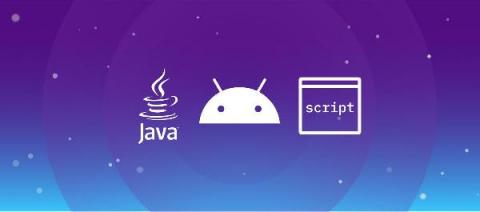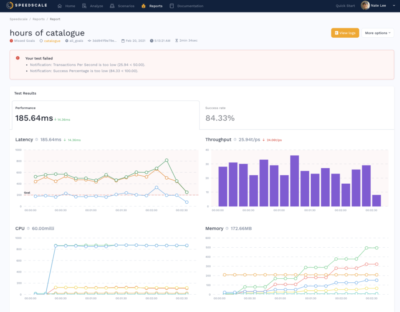Scheduling With Cron Expressions in Xplenty
One of the most requested features in a data integration tool is greater flexibility around the scheduling of packages and workflows. With Xplenty, this can be achieved through the use of our Cron Expression scheduling feature. Cron is a software utility that enables Unix-based operation systems, such as Linux, to use a job scheduler. You can create cron jobs, which execute a script or command at a time of your choosing. Cron has broad applications for tasks that need time-based automation.






